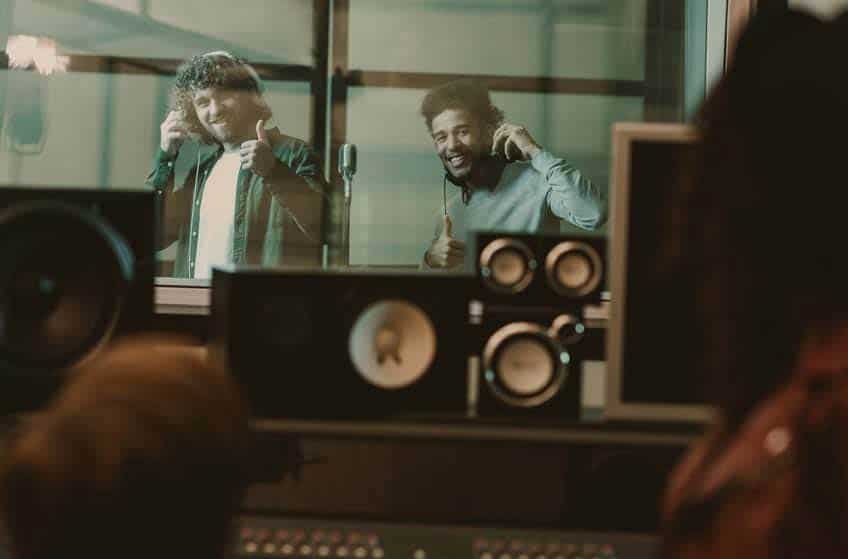Pre-production describes everything that needs to happen up until the first notes are actually recorded. There are many decisions, and gathering all the information needed to make those decisions can consume a fair amount of time.
In fact, pre-production can sometimes take longer than the other two stages combined. Many artists take as much as a year or more in the pre-production stage. Actually, at the moment you have decided to make a record you could already be in pre-production!
Below I have listed the types of decisions and activities associated with the pre-production phase of a recording.
The list is not meant to be exhaustive; rather it should be viewed as representative of the types of things that need to happen before the microphones capture the first notes of the planned recording.
- Choose material to be recorded.
- Choose musicians.
- Arrange music for the recording.
- Schedule rehearsals.
- Investigate potential recording studios or remote sites.
- Gather reference tracks.
- Secure permission from owners of rights of any music not composed by you.
- Choose Caterer for session; find out about musicians’ dietary needs.
- Talk to Graphic Artists and Photographers about artwork and design of materials.
- Talk to Web Designer about website (as applicable).
- Line up a Videographer to capture some scenes in the studio or make a music video.
- Estimate budget items line by line; create total budget.
- Procure budget.
- Book studio dates.
- Decide about recording methods, tracking, software, etc.
- Consider transportation needs of musicians and instrument transport.
- Complete “trial” or practice recordings of basic tracks.
- Learn the music (!)
Again, this is not a complete list but is intended to give you an idea of the kinds of things that need to occur before the music actually gets recorded. There are aspects of each of these planning items I could explain much more deeply, however that is beyond the scope of this article.
